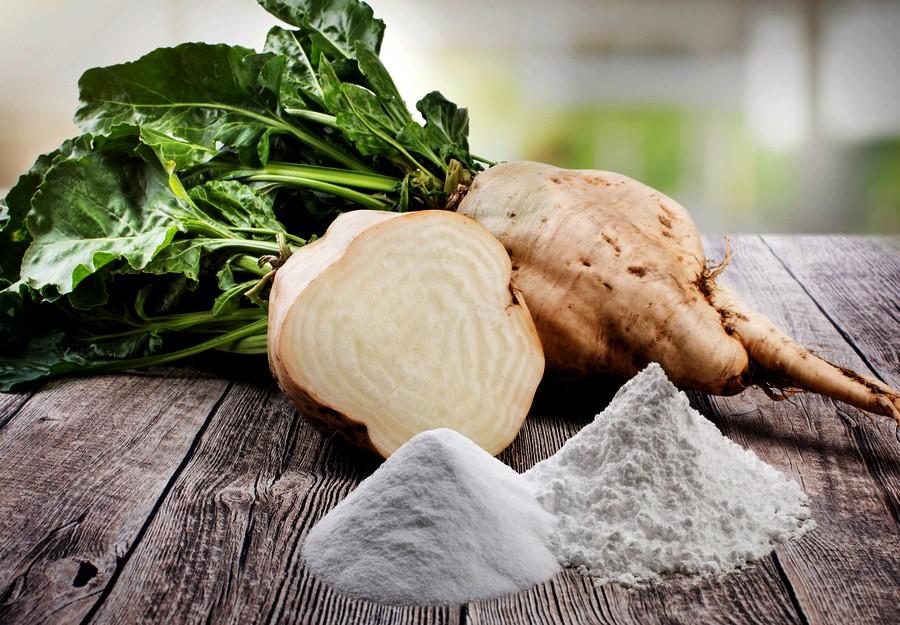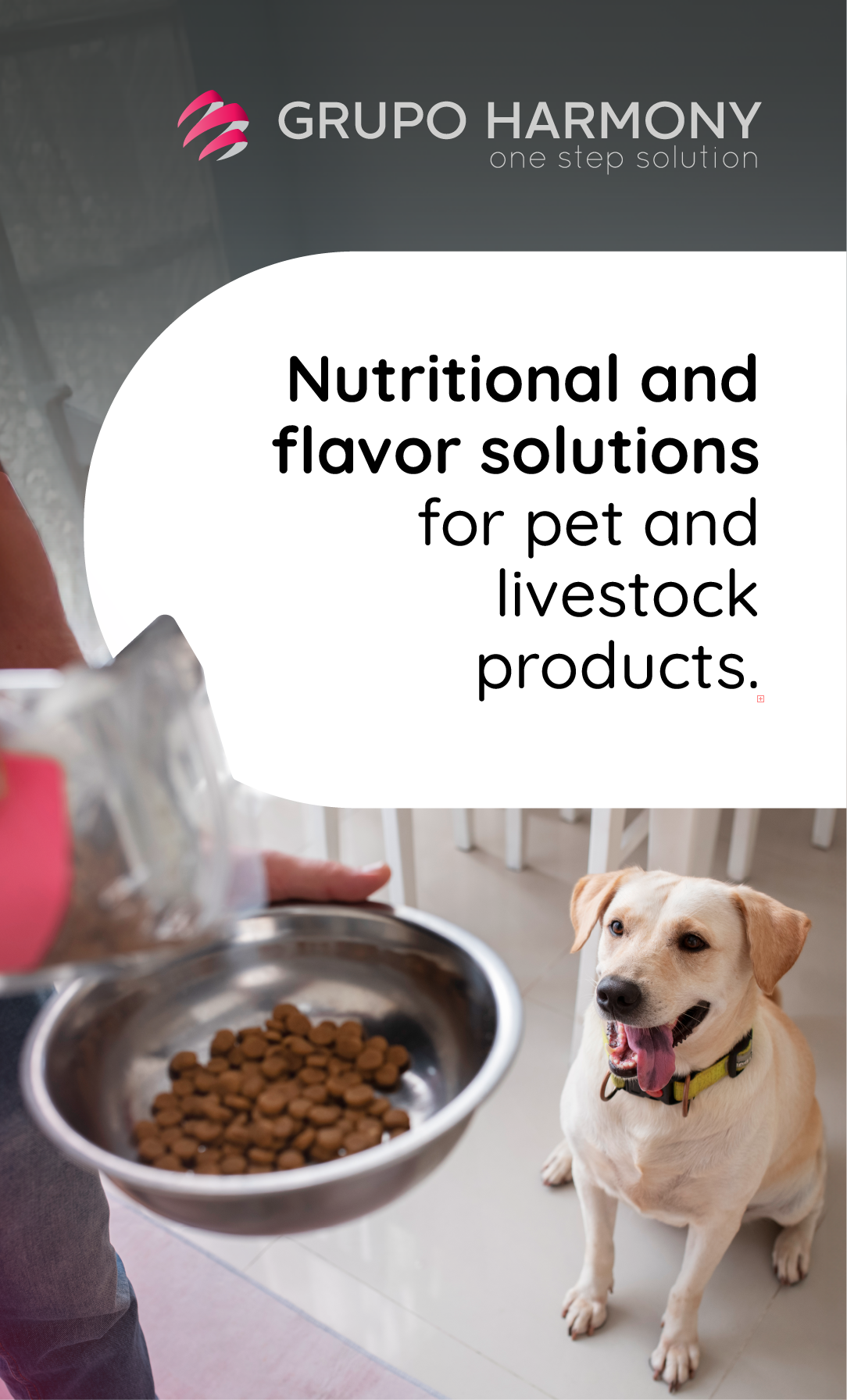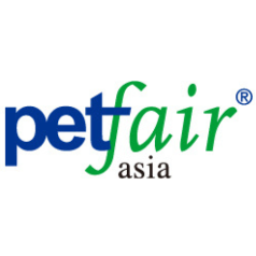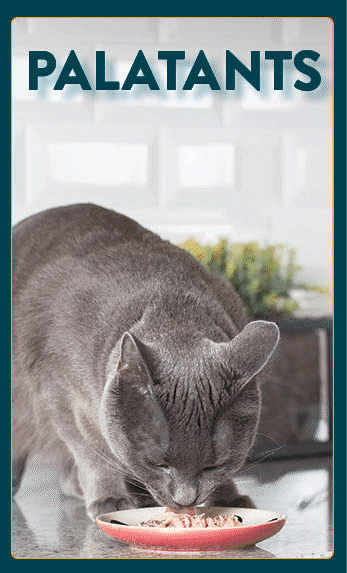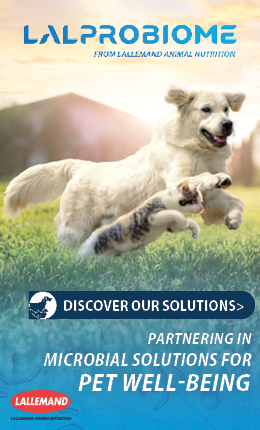The study results demonstrate that isomaltulose is a suitable low glycaemic ingredient for use in dog food, triggering a lower blood glucose rise after consumption. This property makes it a particularly interesting solution with the potential to support metabolic health and weight management.
Numbers of overweight and obese dogs have steadily increased over the last few decades and exceed 50% in Western countries. Excessive weight is linked to metabolic and skeletal associated disorders and impacts the quality of life of both dog and owner. This is reflected in pet owners' interest in tackling such issues: More than 8 in 10 pet owners worldwide agree that on-pack communication about helping to control their pet's weight naturally (87%), or having a lower impact on blood sugar levels (85%), very much or somewhat affects their purchase intention of a pet food product.
Here, nutrient choice has an important role to play, especially in regards to which carbohydrate is used in a dog's food. Firstly, because overweight or obese pets are at risk of developing impaired glucose tolerance and insulin resistance. Secondly, low glycaemic diets have been shown to support weight loss and improve metabolic health in both humans and dogs . Therefore, finding suitable low glycaemic ingredients for dog food is key.
{{editor}}
In total, three studies were carried out by the teams from universities in Utrecht and Wageningen. The first, an in-vitro study of small intestinal tissue samples from three dogs, evaluated the small intestinal hydrolysis of isomaltulose compared to sucrose, maltose, maltodextrin, lactose and ɑ-trehalose. The aim was to confirm if dogs have the ability to digest isomaltulose, as well as compare it with other carbohydrate sources. The findings showed that it can be digested by canine intestinal enzymes, with a lower enzyme activity compared to high glycaemic carbohydrates, indicating a slower rate of hydrolysis.
The second and third studies compared the effects of isomaltulose, sucrose and maltodextrin in an in-vivo set-up. One of the studies assessed the glycaemic effects of the three carbohydrates in nine dogs and using a 3x3 Latin-square design . After an overnight fast, the blood glycaemia and insulinaemia were measured 0-180 minutes after the administration of a single dose of either isomaltulose, sucrose or maltodextrin. The results showed that isomaltulose significantly lowered blood glucose and insulin responses in the dogs, compared to maltodextrin or sucrose.
The goal of the final study was to assess the glycaemic properties of isomaltulose in dogs, after continuous intake. This was based on the assumption that the abilities to digest isomaltulose might evolve through adaptation, so that its impact on blood glucose levels would get closer to the other carbohydrates. In this study, 18 dogs received a 50:50 mix of isomaltulose and sucrose (1g per kg bodyweight) daily for two weeks. They were then split into three equal groups which each received a single dose of either isomaltulose, sucrose or maltodextrin after an overnight fast. Following this, the dogs' blood glucose and insulin responses were measured. Even after continuous intake over two weeks, the low glycaemic and insulinaemic properties of isomaltulose were confirmed.
Commenting on the findings, Dr Maygane Ronsmans, Product Manager Animal Nutrition at BENEO says: 'This research is of great importance as it offers the first comprehensive characterisation of isomaltulose with respect to its digestibility and metabolic effects in dogs. The low glycaemic properties of isomaltulose already shown in other species, including humans, pigs and rodents, have now been confirmed in dogs. The combined results of this study suggest that isomaltulose would be a suitable energy source in dog food, which contributes to a more stable blood glucose response, and may improve the dog's metabolic profile and overall health.'
Isomaltulose is a disaccharide which occurs naturally in honey. It is composed of glucose and fructose, characterised by a stronger glycosidic bond than that of usual sugar. Isomaltulose is a direct source of energy that generates a more balanced blood glucose response, distinguishing it from high glycaemic energy sources, such as heat treated cereals and conventional sugars (e.g., dextrose). BENEO derives isomaltulose from sugar beet at its production plant for functional carbohydrates in Offstein, Germany.
by BENEO-Animal Nutrition
For further information on BENEO and its ingredients, please visit: www.beneo.com
You could be interested: From Claim to Credibility: The Case for Research-Backed Pet Food Ingredients










